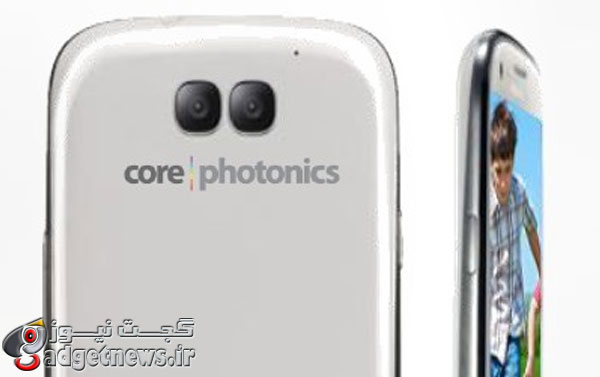
اگرچه بیشتر افراد در مورد زوم دوربین اسمارتفونهایشان صحبت میکنند، اما چیزی که شاید لزوما به آن توجه نکرده باشند، این است که زوم به معنای واقعی اتفاق نمیافتد؛ به این دلیل که دوربین اسمارتفونها برای نزدیک شدن تصویر به یک جسم تنها پیکسلها را در میان فریم بزرگ میکنند. طبیعتا در این حالت تصویری با کیفیت واقعی دست شما را نخواهد گرفت.
کمپانی Corephotonics موفق شده فناوری جدیدی را برای ساخت دوربین اسمارتفونها ارائه کند. طرحی که این شرکت پیشنهاد میدهد استفاده همزمان از دو لنز شامل یک لنز با زاویه عریض و یک لنز تله فوتو است که تصاویر گرفتهشده با این دو سنسور با استفاده از نرمافزاری ویژه در گوشی با هم آمیخته میشود.
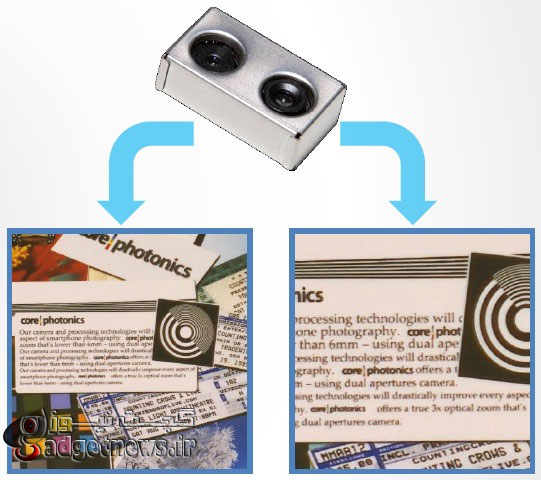
در استفاده از این دوربین، بنا به نیاز کاربر تمرکز بر یکی از لنزها قرار داده میشود؛ برای ثبت تصاویر با فاصله معمولی یک زوم 3x و برای ثبت ویدیو در حالت 1080p HD زوم 5x برای کاربر به شکل اتوماتیک فراهم میشود.
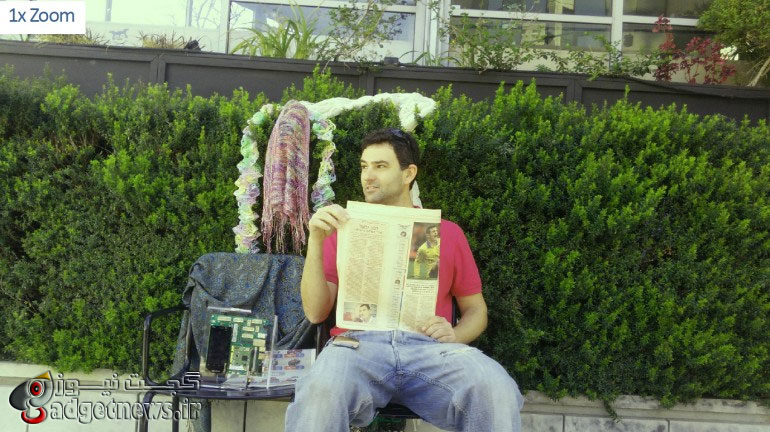
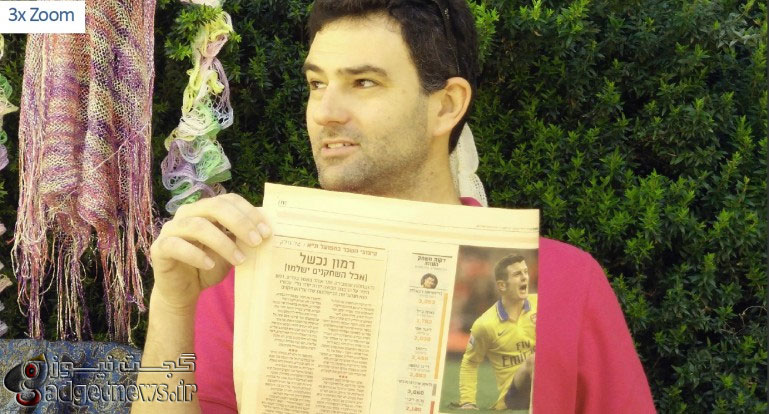
طبق اظهارات طراح این فناوری پرفسور دیوید مندلویک، این دوربین در حالات کمنور عملکردی به مراتب بهتر از خود نشان میدهد و همچنین رزولوشنی چهار برابر بیشتر نسبت به دوربینهای کنونی اسمارتفونها فراهم میآورد.
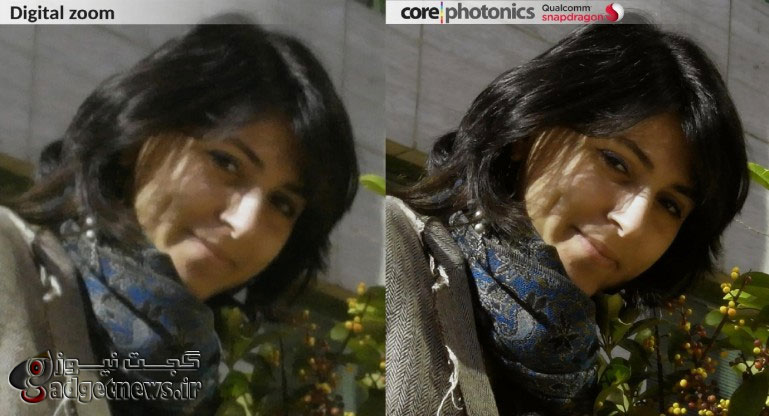
مندلویک خبر داده که گوشیهای مجهز به این فناوری از سهماهه ابتدایی سال آینده وارد بازار خواهند شد. همچنین لازم به ذکر است که این فناوری هیچ ارتباطی به فناوری بهکاررفته در دوربین گوشیهای HTC One M8 که شامل یک دوربین اپتیکال معمولی و یک دوربین جهت عمق بخشیدن به تصویر است، ندارد.
منبع : gizmag
Although people may speak about zooming in with smartphone cameras, what they’re doing isn’t actual “zooming” in the telephoto-lens sense of the word. That’s because almost all phone cameras just have a digital zoom, meaning that in order to get in closer on the subject, the phone just enlarges the pixels from the middle of the frame. The result is a grainy, crappy photo. While it is possible to squeeze optical zoom lenses into phones, Tel Aviv University spinoff company Corephotonics has developed a sleeker solution, that utilizes the combined output of two compact lenses.
The Corephotonics camera has one wide-angle lens and one telephoto lens, each with its own sensor. Data from those two sensors is “fused” by onboard software, to produce one composite image. More weight is given to one of the lenses or the other, depending on the zoom level chosen by the user – a maximum 3x zoom is possible when shooting stills, or 5x for 1080p HD video.
According to Prof. David Mendlovic, who co-invented the system with Dr. Gal Shabtay, the camera also offers better low-light performance and four times the resolution of a regular smartphone camera.
In order to accommodate the camera, phones reportedly require a decent amount of processing power, but nothing excessive. In fact, the system has been demonstrated with a processor “that is currently used in most high-end smartphones on the market.”
Mendlovic states that a phone featuring the technology should be hitting the market in the first quarter of next year.
It should be noted, incidentally, that the Corephotonics system is unrelated to the dual-rear-camera-packing HTC One (M8) smartphone, which features one regular optical camera and one depth-sensing camera.
 گجت نیوز آخرین اخبار تکنولوژی، علم و خودرو
گجت نیوز آخرین اخبار تکنولوژی، علم و خودرو 





